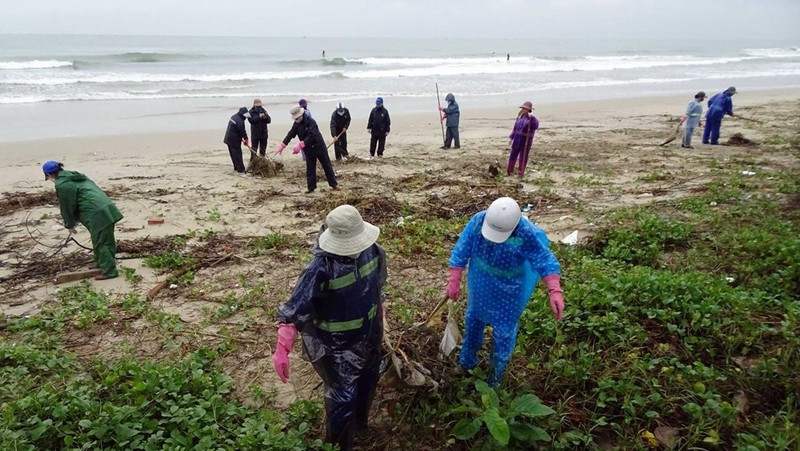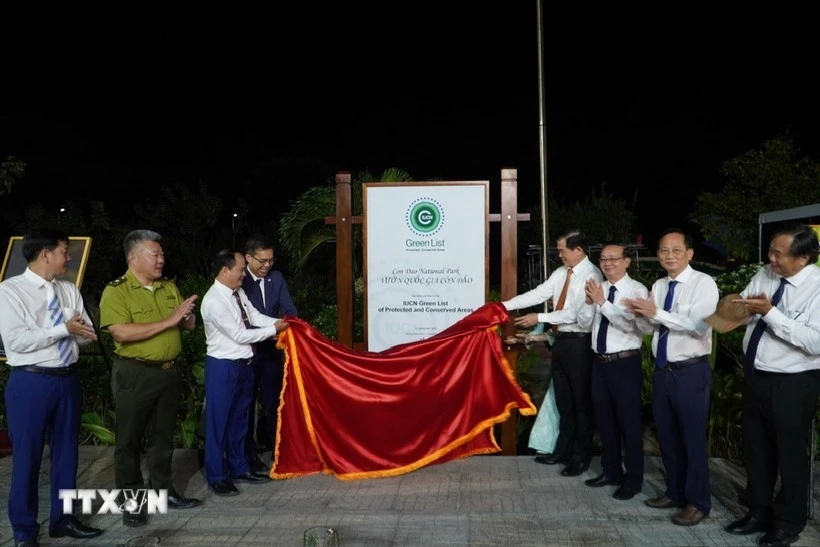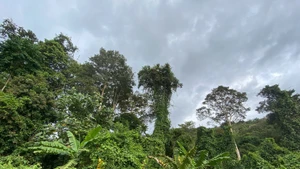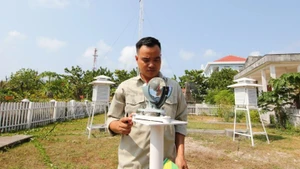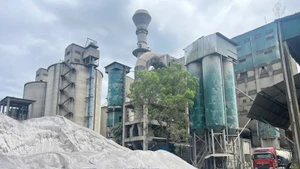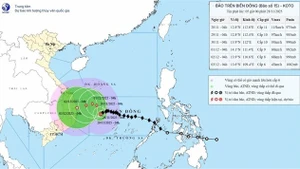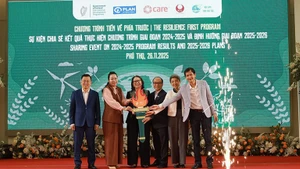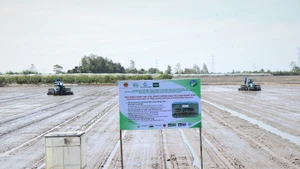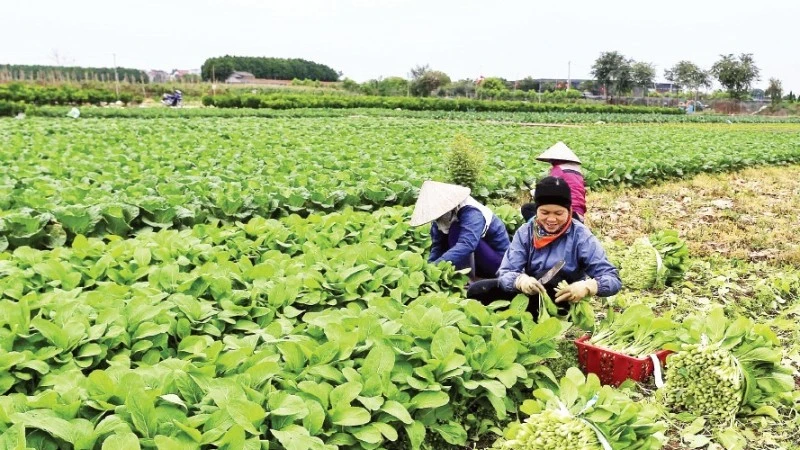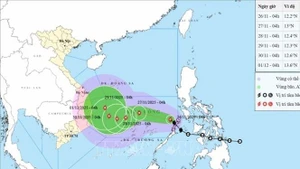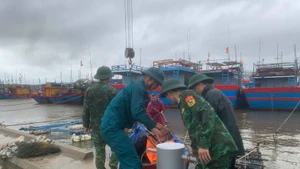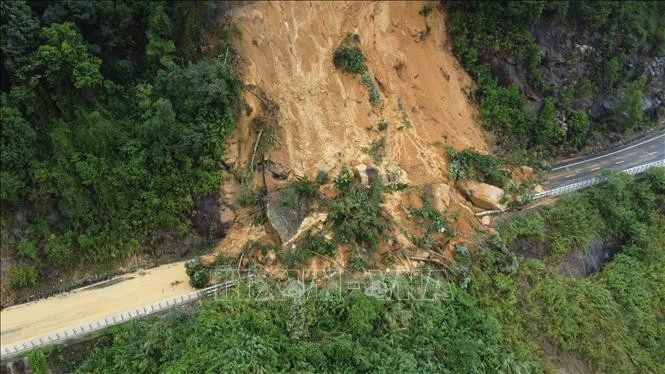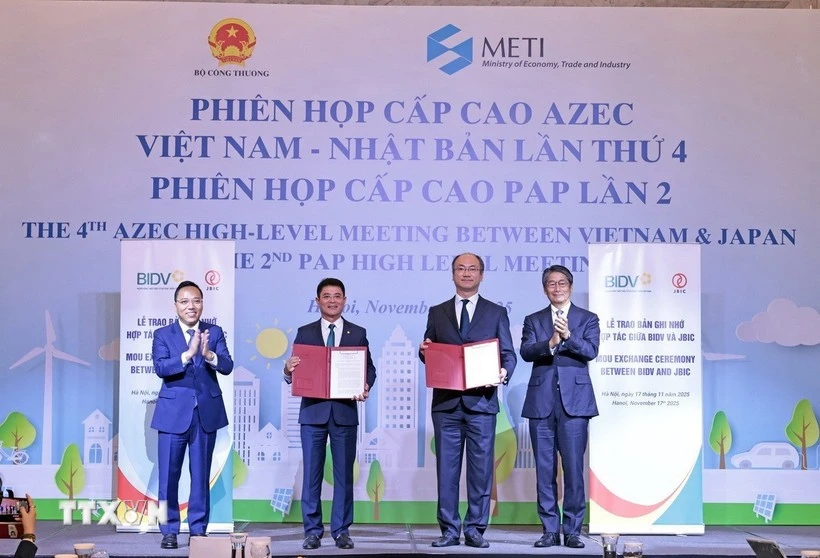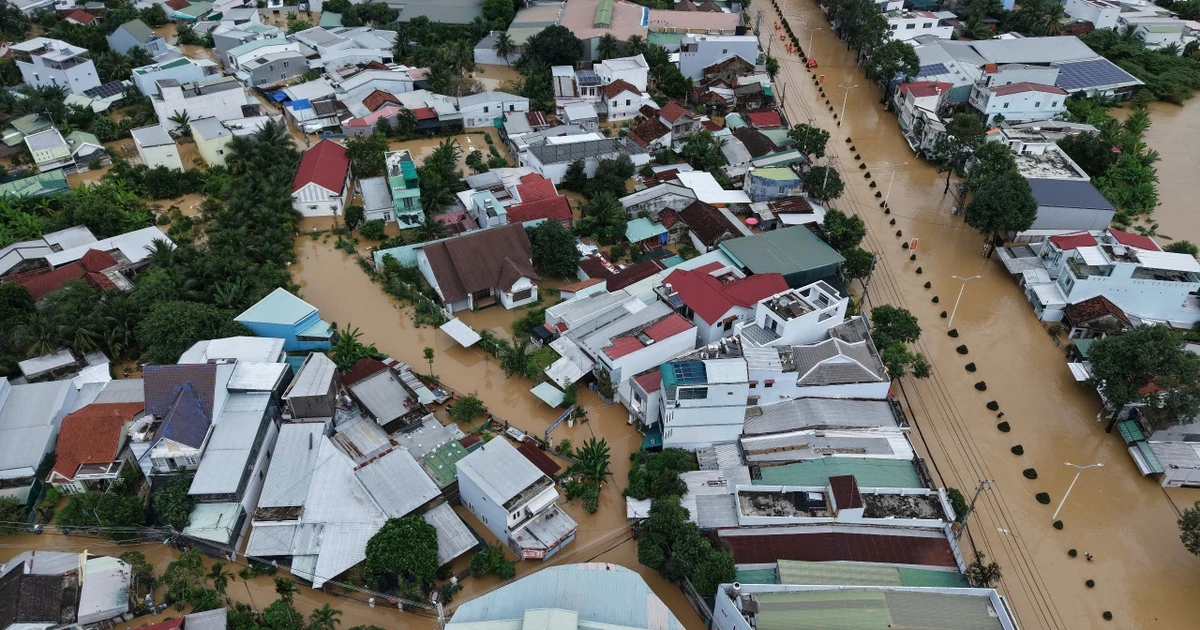The report, the first of its kind to be launched after the 2015 Law on Natural Resources, and Environment of Sea and Islands took effect, provides assessments on current issues in maritime environment and national islands in the period, which serve as a foundation for solutions to prevent pollution and gradually improve the situation, ensuring sustainable development.
It was built based on the DPSIR (drivers, pressures, state, impact and response model of intervention) framework, a causal one for describing the interactions between society and the environment.
Its six chapters give an insight into the pressure of socio-economic development to the country's seas and islands, impacts of maritime environmental pollution, as well as State management of seas and islands, and chances and challenges in protection work.
According to the report, 74 percent of solid waste of coastal localities were collected in 2019 while the volume of daily wastewater in urban areas amounted to 163 million cu.m. Up to 70 percent of tourist destinations across the country are located in coastal regions.
Waste from aquaculture and tourism activities causes environmental pollution in some coastal areas. Furthermore, the increase of plastic waste in the ocean in recent years has become a global issue and huge pressure on marine debris management in Vietnam.
Meanwhile, the release of untreated wastewater, climate change and sea level rise have caused major damage to the economy and people's livelihoods, along with the biodiversity and sea creatures.
To date, about 100 marine creatures have been listed as an endangered species in Vietnam's Red Data Book and the International Union of Conservation of Nature (on the IUCN Red List of Threatened Species).
